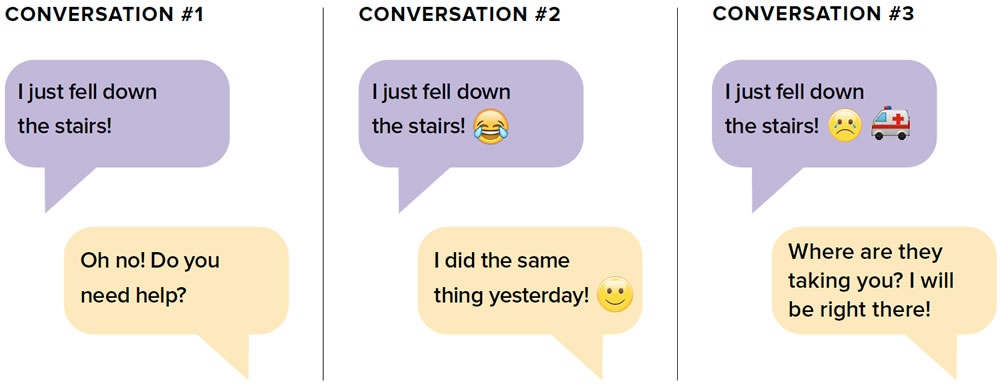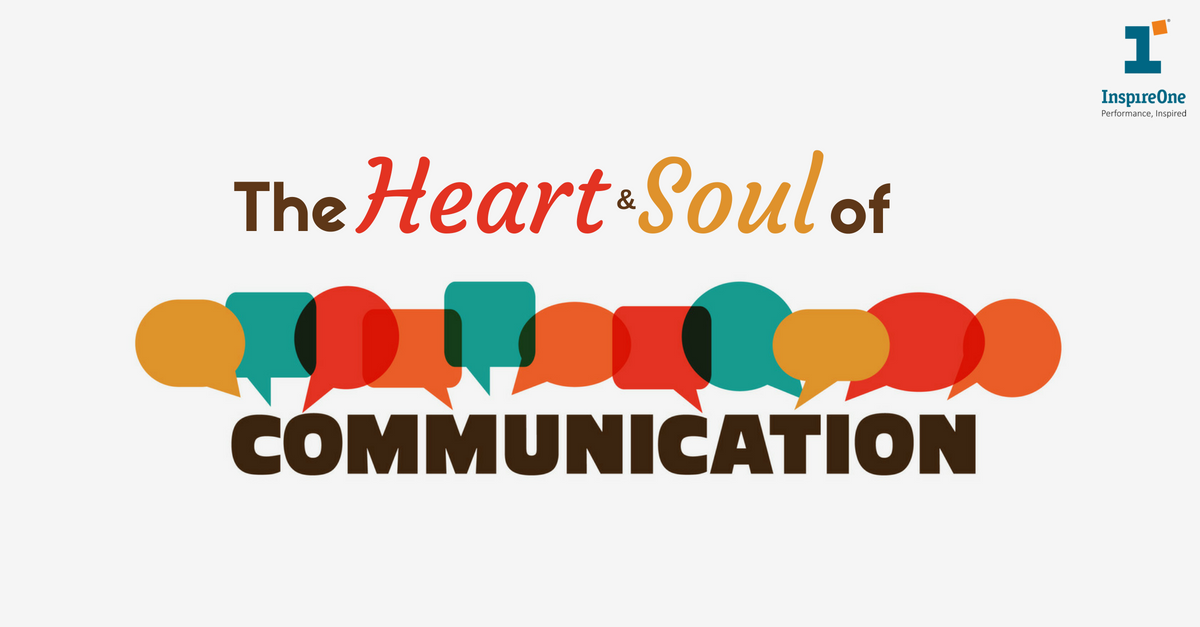For decades now communication gurus have provided us with research, tools and skills to make our communication effective. They have said that the need for having goal focused and structured communication cannot be overemphasized in the corporate corridors and conference rooms, the tele-cons and the video-cons, the one on one meetings, the town halls and the board meetings. We have believed that these echelons are special and there is no room for anything but goals and structure and clarity.

Evolution of Communication
The narrative however has changed in the recent past. The change has come with the fundamental realization that the corporate domain is populated by people who don’t just respond to facts alone. While clarity and goal focus is an essential component of effective communication, it is not sufficient. Like people, communication also needs the heart and the mind. So leaders and people can no longer function by just communicating clearly, they also have to inspire, build confidence, communicate a sense of urgency, self-disclose, communicate vulnerability, communicate excitement, communicate disappointment as the case may need.
What purpose would communication serve if the meaning and the feelings attached to it are not clear? One wouldn’t understand urgency, contentment, anger or any feeling that may be communicated with the literal meaning; respond to it inappropriately and create a situation that could well have been avoided. With the influx of millennials in the workplace, feelings have gained more importance than ever before. Of course, you could attach it to their need of making their presence and opinions felt excessively!
A person of authority can no longer ask for something to be done without explaining the need for it, or without any questions being raised by the executor (well thank god for that, I guess!).
Gen X leaders will use more conservative ways of bringing heart into their communication. For example, they would use the feeling words, the tone and the voice. They know how to do that, they would be comfortable being coached on that. The millennials on the other hand would use contemporary methods. For example, emojis and well, more emojis! Referring to the contemporary world without talking about the time crunch that everyone faces, would be an incomplete introduction to it. Emojis communicating feelings are easier and faster.
Whether we choose to communicate with our hearts through conservative or contemporary methods, one thing is non-negotiable; we must be aware of what message we want to communicate, what emotions we want to evoke and whatever means we are using are suited to that message and emotion.
Much like all other aspects of our life, social network has tremendously impacted business communication catering to both the requirement of being able to communicate feelings and doing so by using as little time as possible. The plethora of media now available to communicate has been a boon for the corporate. They are increasingly using social platforms to communicate effectively. This saves time, communicates our feelings (through emoticons and emojis) and ensures clarity in the workplace. Businesses are using these media to communicate information; critical or not.
If you haven’t picked up on the yellow bald heads, yet, this is perhaps the time to take note of them.. An incredible Japanese invention, the emojis made their presence felt in communication and how! Gradually but surely, this is taking over business communication too.

Emoji Communication
Let’s call this casual way of communication the “water cooler socialization” of the 21st century. It’s keeping you more engaged, helping you form bonds at work place and, as a result, increasing productivity. So with or without emojis, whether you are a Gen X or a millennial, let the emotive communication revolutionize the way we communicate.







